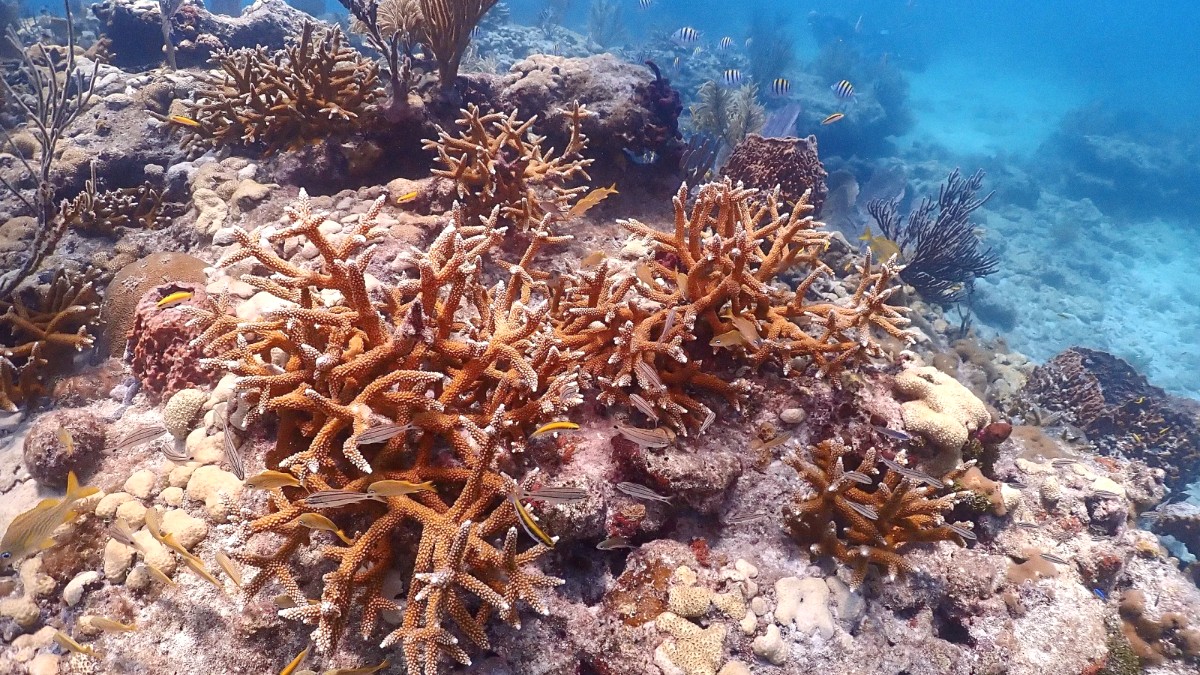
Instead, a calm atmosphere permits deep relaxation and exploration. Imagine waking to the sound of tropical birds, with no distant hum of traffic or loud crowds. Picture evenings spent watching sunsets over a calm sea, the only sounds the gentle lapping of waves. This island, affectionately known as Statia, invites a slower pace. It encourages breathing in the history and natural beauty that define it. It is a place where every interaction feels personal, and every view is a story.
Many people search for a destination where they truly feel like a guest, not just a tourist. Statia embodies this spirit. Its small size means a personal touch at every turn.
Local shopkeepers recognize you, and residents offer friendly greetings. It makes visitors feel at home. Whether you explore the depths of its waters or the heights of its volcano, Statia promises memorable moments. It delivers peaceful days and starlit nights. Prepare for an adventure that restores and inspires. This island waits to share its quiet allure with you.
Sint Eustatius lies within the Leeward Islands, a chain of islands forming the northern arc of the Lesser Antilles in the Caribbean Sea. It is part of the Dutch Caribbean, along with Saba and Bonaire. This location places it strategically in the eastern Caribbean, south of St. Maarten and north of St. Kitts and Nevis. The island itself is quite small, covering an area of approximately 21 square kilometers (8.1 square miles). Its compact size makes it easy to explore. You can traverse much of its accessible areas by car in a short time.
The island's geography is distinctly shaped by its volcanic origin. The dominant feature is The Quill, a dormant stratovolcano located on the southeastern part of the island. This volcano rises to 601 meters (1,972 feet) at its highest point, Mazinga Peak. Its crater contains a lush tropical rainforest, an unique ecological zone providing a habitat for diverse flora and fauna. The Quill’s presence creates dramatic landscapes. It has challenging yet rewarding hiking for visitors.
Calmer waters, main Oranje Bay Beach with dark volcanic sand, ideal for swimming, snorkeling, and diving.
Stronger currents and rougher seas at Zeelandia Beach, less suitable for swimming but a sea turtle nesting site.
Volcanic pinnacles, ancient lava flows, and thriving coral reefs characterize the marine environment.
These underwater formations foster a rich habitat for marine life, making Sint Eustatius a premier diving destination.
Its small size and diverse landscapes present a concentrated natural experience.
Sint Eustatius carries a rich history that earned it the moniker "The Golden Rock" during the 18th century. This small island, barely a speck on many maps today, once stood as one of the busiest trading ports in the Caribbean. Its status as a free port meant ships from all nations could dock without paying taxes or duties. This policy attracted merchants from across the globe. They exchanged goods like sugar, rum, tobacco, and enslaved people. The island became a bustling hub of commerce and diverse cultures. Its prosperity and liberal trade policies set it apart from other colonial territories.
The island's historical prominence reached a pivotal moment during the American Revolutionary War. On November 16, 1776, Fort Oranje in Sint Eustatius fired a cannon salute to the American brigantine, Andrew Doria, flying the newly designed Grand Union Flag. This act represented the first official recognition of the United States flag by a foreign power. It sent a powerful message of support for the American cause. This event, known as "The First Salute," is a source of great pride for Statians. It symbolizes the island's defiance and its commitment to principles of freedom and trade. This act, however, also led to a retaliatory attack by the British, who sacked the island in 1781. This marked the beginning of the island’s decline from its golden age.
Oranjestad, the main town, divides into Upper Town and Lower Town. Upper Town contains well-preserved colonial buildings and the ruins of the 18th-century Dutch Reformed Church and Synagogue Honen Dalim, one of the oldest synagogues in the Americas. Lower Town, a protected archaeological zone, holds the evocative ruins of warehouses, taverns, and homes that once lined the bustling harbor. These submerged ruins also extend into the marine park, forming an unique underwater historical landscape for divers. They gain an appreciation for the island's complex narrative. The historical society and STENAPA work to preserve these treasures. They secure future generations understanding Statia's unique place in global history.
Its small size and diverse landscapes offer a concentrated natural experience.
Sint Eustatius presents a distinct Caribbean experience, far removed from typical mass tourism destinations. It suits travelers seeking quiet relaxation, a deep dive into history, and active nature exploration. The island’s identity rests on its rich past as "The Golden Rock" and its dedication to preserving its natural environment.
You find a calm atmosphere here, where the pace of life encourages genuine connection. Locals are welcoming and proud of their heritage, often happy to share stories and recommendations. This island presents a refreshing change for those tired of crowded beaches and commercialized entertainment.
History enthusiasts find themselves surrounded by tangible relics of a bygone era. The ruins of Fort Oranje, the historical Lower Town, and ancient synagogues tell stories of trade, diplomacy, and resilience.
For divers and snorkelers, the Sint Eustatius National Marine Park presents an underwater wonderland. It features healthy coral reefs, volcanic formations, and a collection of historical shipwrecks. This underwater realm offers some of the best diving in the Caribbean.
Nature lovers enjoy the diverse ecosystems found on The Quill volcano. Its trails lead through various vegetation zones, culminating in spectacular crater views. Birdwatchers find a variety of species, especially within the Quill’s lush rainforest.
Statia is not a destination for endless nightlife or luxury shopping. Instead, it is a different kind of richness. It displays authentic cultural experiences, delicious local cuisine, and time to truly disconnect.